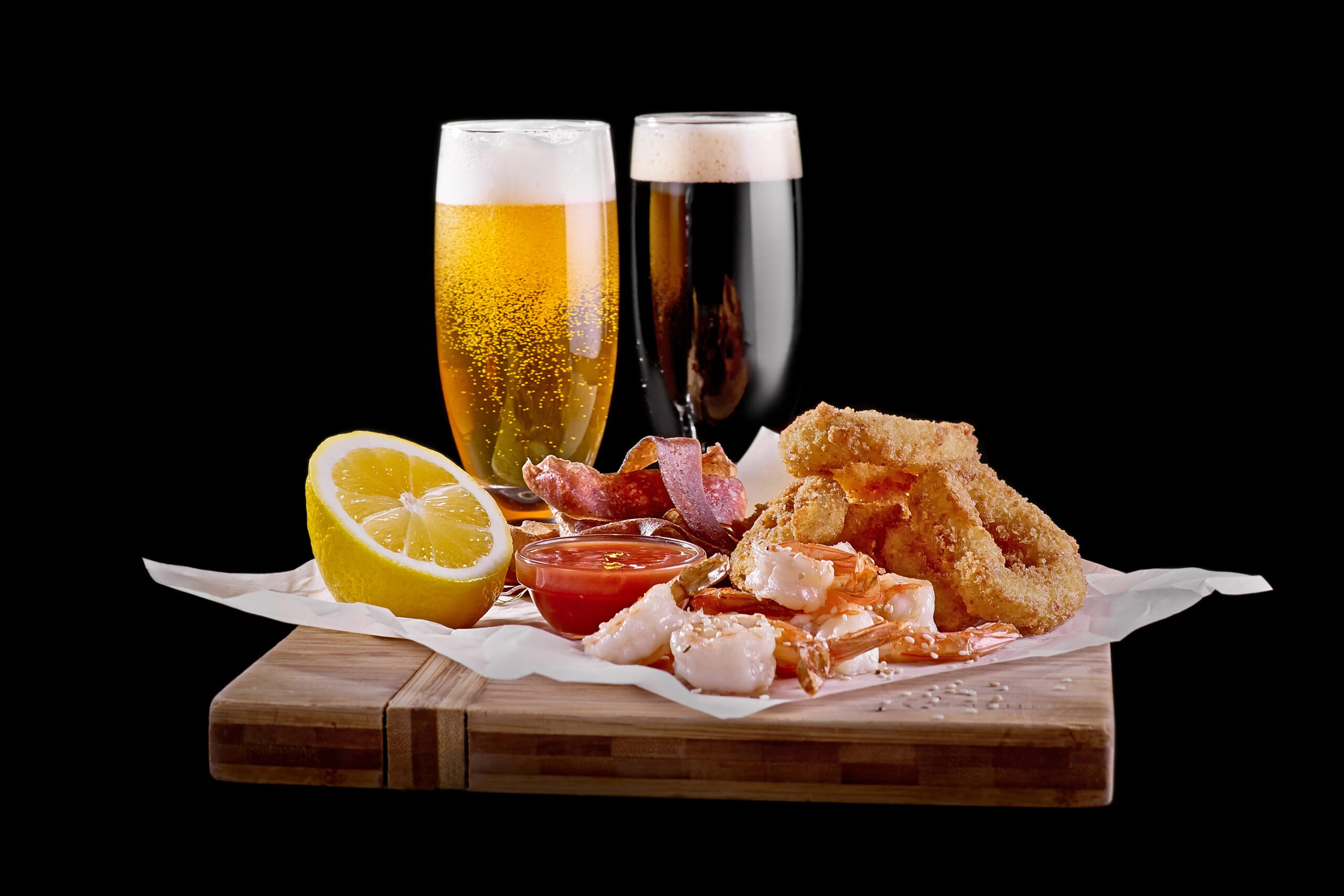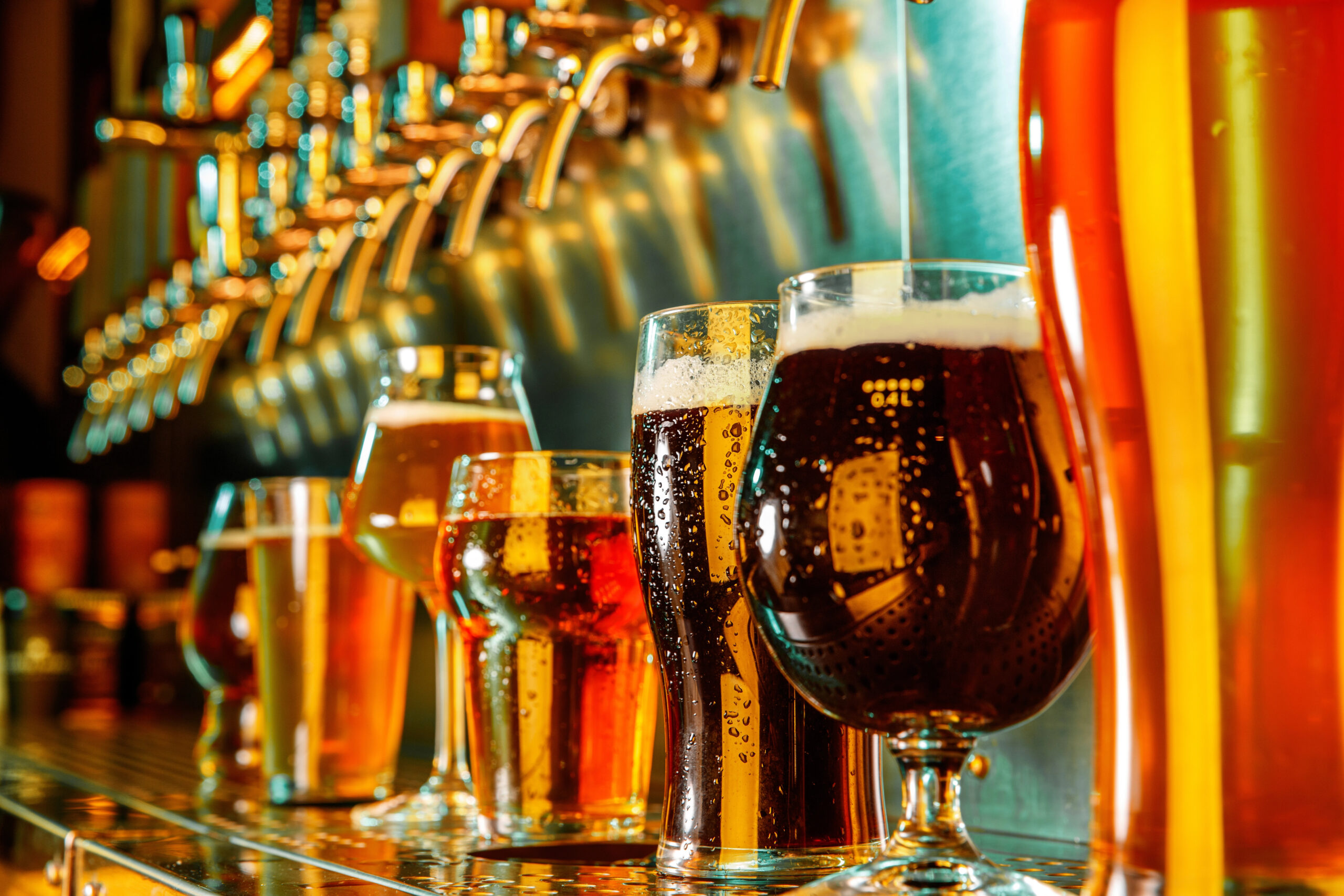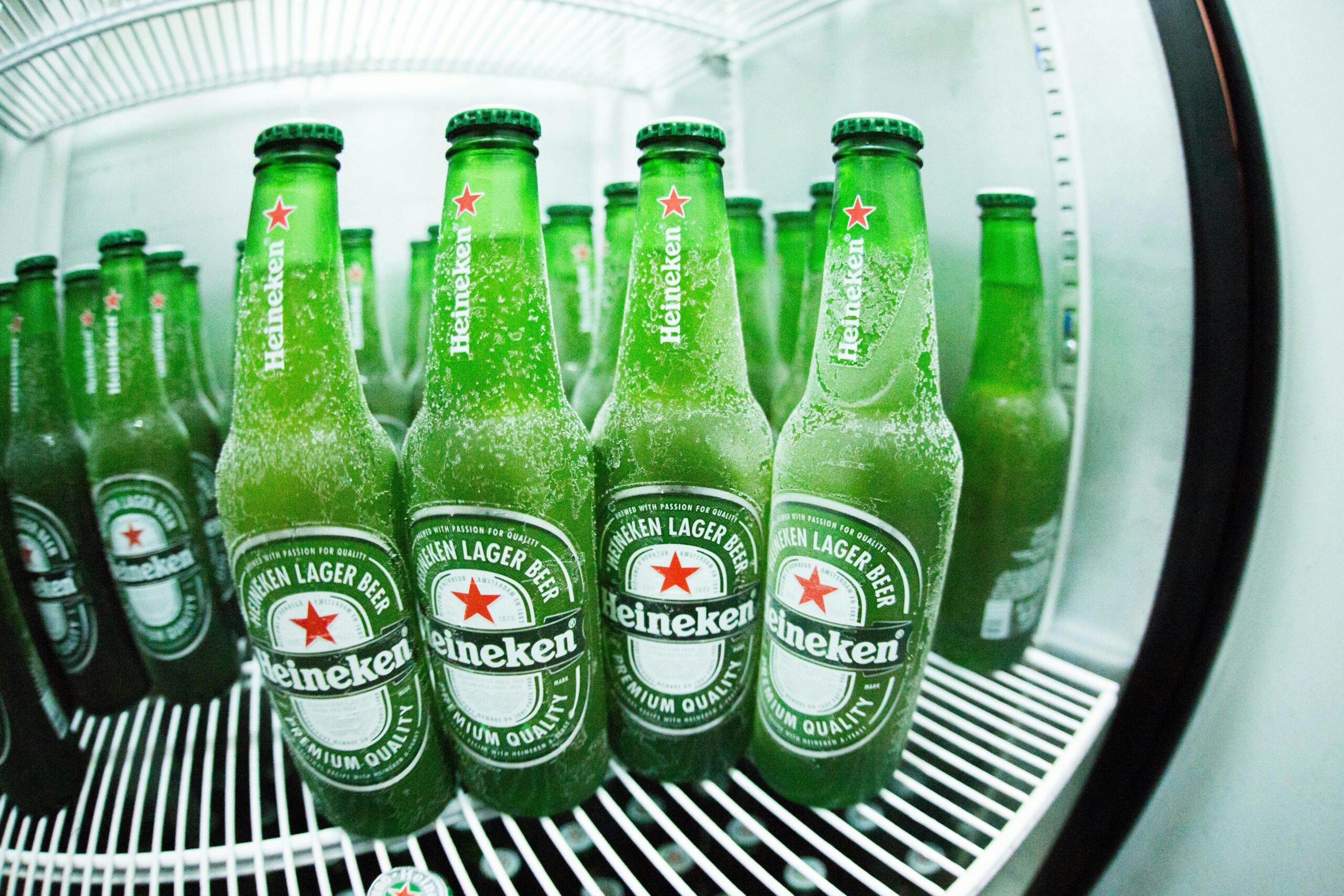Today, we’re unpacking the mystery of International Bitterness Units (IBUs) and how they contribute to the enticing bitterness in your favorite brews. Whether you’re a seasoned beer enthusiast or a curious newcomer, understanding IBUs can significantly enhance your beer-drinking experience.
What Are IBUs?
IBUs, or International Bitterness Units, measure the bitterness of beer. This scale quantifies the concentration of bitter compounds, primarily iso-alpha acids, derived from hops during brewing. The higher the IBU rating, the more bitter the beer. For example, a light lager might have an IBU of around 10, while a double IPA could boast an IBU of 80 or more.
The Science Behind IBUs
Understanding the science of IBUs involves more than just knowing the numbers. When hops are boiled, they release bitter acids. These acids undergo chemical transformations, resulting in the bitterness we taste. The two primary types of acids involved are:
- Alpha acids are the main contributors to a beer’s bitterness. They are transformed into iso-alpha acids during the boiling process.
- Beta acids: While beta acids also contribute to bitterness, their impact is less stable and less significant compared to alpha acids.
IBUs are calculated using a formula that accounts for the amount of hops, the percentage of alpha acids in those hops, and the length of the boil. This complex calculation ensures a standardized measurement of bitterness across different beers and breweries.
Why Bitterness Matters
Bitterness plays a crucial role in balancing beer flavors. Without bitterness, many beers would taste overly sweet due to the malt content. A balanced beer has a harmonious relationship between sweetness and bitterness, making it more enjoyable and drinkable.
How to Interpret IBUs
Knowing the IBU of a beer can give you an idea of its bitterness, but it’s not the whole story. Other factors influence how bitterness is perceived, including:
- Malt Profile: A beer with a high malt content may taste less bitter than its IBU suggests because the sweetness from the malt can balance out the bitterness.
- Alcohol Content: Higher alcohol levels can enhance the perception of bitterness.
- Yeast Strains: Different yeast strains can interact with hop compounds, altering the perceived bitterness.
Exploring Different Beer Styles
At Beer Witch, we explore a wide variety of beer styles, each with its unique IBU range and flavor profile. Here are a few examples:
- Gueuze: A blend of young and old lambic beers, typically with a low IBU (5-10).
- Kölsch: A light, crisp beer with moderate bitterness (20-30 IBU).
- Hazy IPA: Known for its fruity flavors and relatively high IBUs (40-70).
- Helles Bock: A malty German lager with moderate bitterness (20-30 IBU).
- German Pils: A crisp, refreshing beer with pronounced bitterness (25-45 IBU).
Embark on a Bitter Adventure
Understanding IBUs can significantly enhance your appreciation for different beers. The next time you enjoy a brew, check its IBU rating and see how it matches your taste preferences. Whether you’re exploring seasonal brews, mastering barrel-aged beers, or delving into historical brewing traditions, Beer Witch is here to guide you. For more information on IBUs and to explore our diverse range of articles, visit our website.
Stay tuned for more intriguing insights and hoppy sipping!






